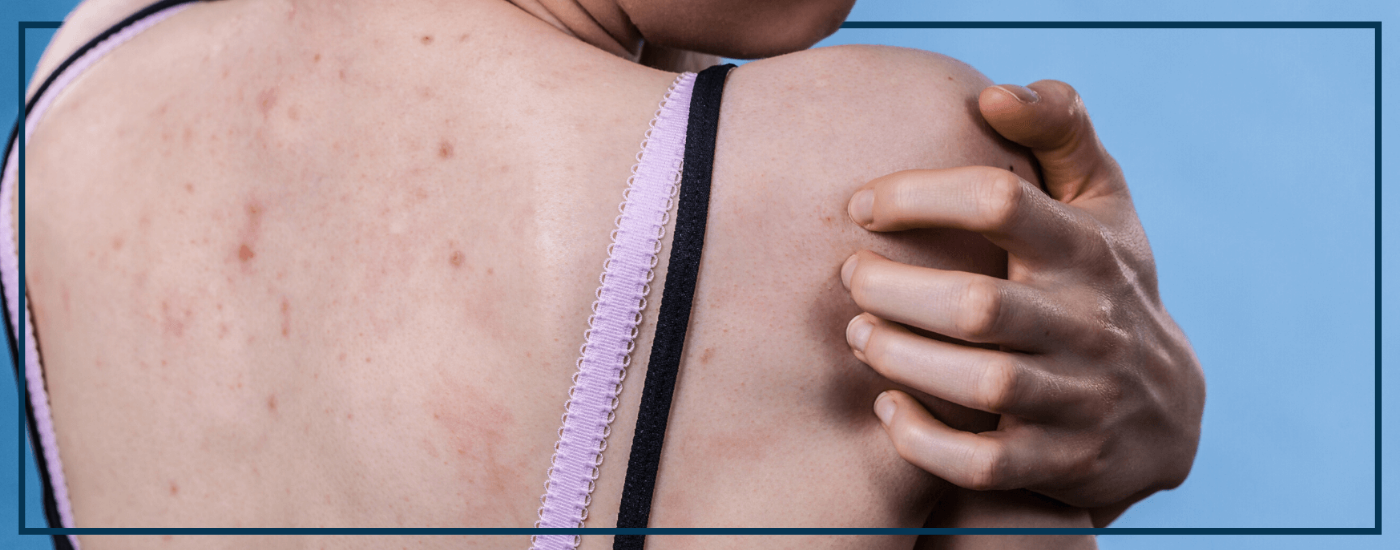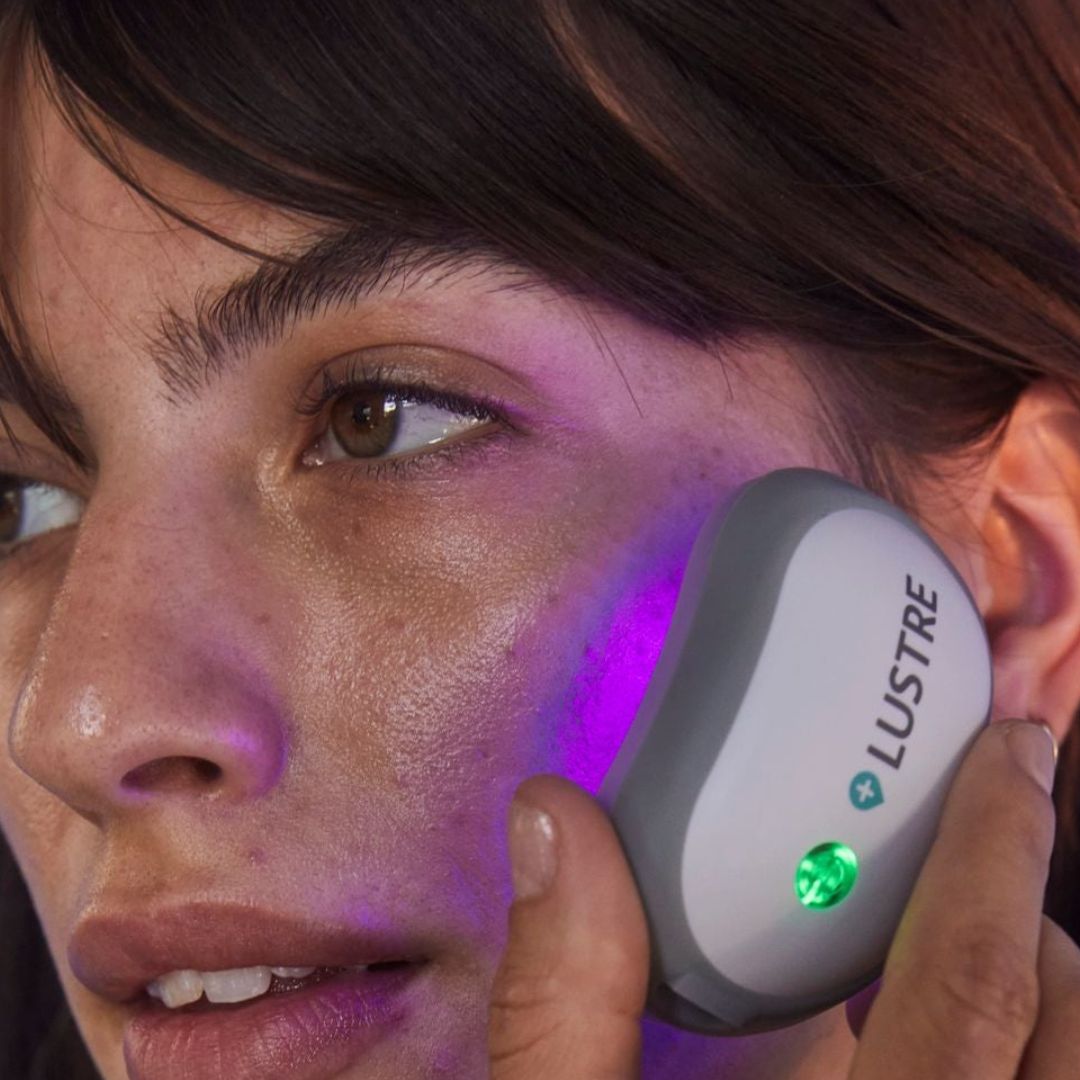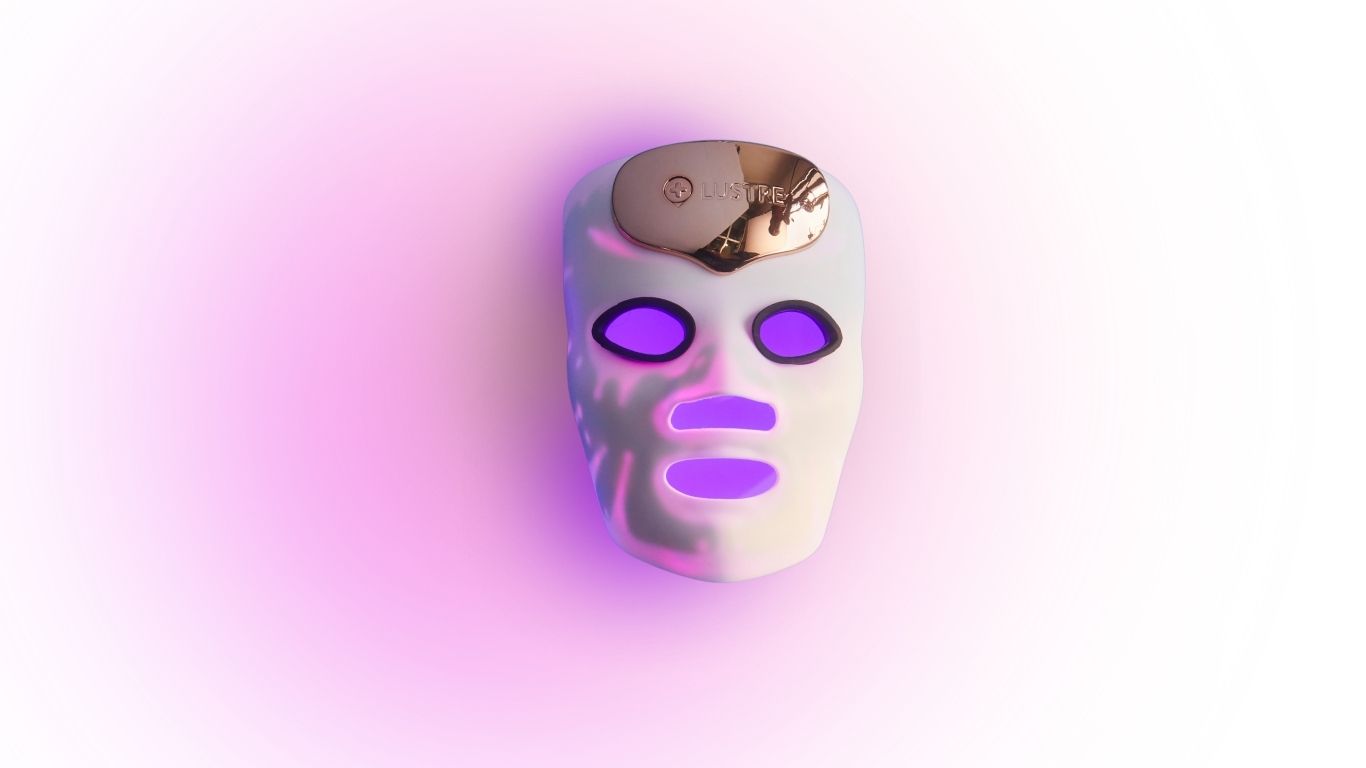Bacne? More common than you think!

If you know the word bacne, then you've either been affected by it or seen others struggle with the condition.
Coming from the combination of words: back and acne, bacne is more common than you think.
In simple terms, bacne (like with other forms of acne) happens when various debris, such as dirt and oil (sebum), clog a pore. Let’s break it down to understand the variables that cause this.

Illustration of a sweat gland pore opening onto the surface of human skin.
Pores in the skin can vary in size depending on your individual body composition and, well, genetics! With larger pores being more prone to clogging, it doesn’t necessarily take a bad beauty routine or poor hygiene to create an issue. Everyday experiences such as exercise, sweating, pollution or even the use of certain cosmetics can all be external factors in your pores clogging and subsequently developing back acne.
Looking at it from the inside, your body may be producing too much sebum to protect you. For example, your skin being extra sensitive to the fluctuations in its moisture levels panics by making sure you don’t run out of its protective layer and – overproduces oils. Skin without moisture would dry out and be exposed to infection by bacteria and fungi. So, in essence, this is just a defence mechanism protecting you from the environment, and from your body’s point of view - you’re just better off with a few clogged pores! However, when the sebum production gets out of control it can turn into a full-fledged acne party.
Though we don’t see our backs as often as we see our face, back acne can feel demoralising, is considered unsightly and likely to make us feel self-conscious. Perhaps it makes you dread swimming pool outings, overthink beach holidays, fear glamorous open-back dresses or even refuse to wear your hair up to reveal those pesky spots in all their glory!
While the internet doesn’t seem to run out of information to display you about the different remedies available, it’s hard to figure out what’s right for you. There are of course herbal pills, topical creams, and some heavier medication all promising results. But where to start? And what to take when you’re at your wits’ end and just want it gone?
Where to start If you feel you’ve tried everything and want to go for the heavy-duty drugs next – think again.
Blue Light could benefit you if nothing else worked so far and if you’re after a more natural solution with no side effects.
LUSTRE ClearSkin is built to be used wherever spots show up: back, chest, cheeks, forehead, chin. Unlike light masks or small light pens, the LUSTRE patch attaches to the surface of the skin anywhere you need it, giving it the 20-minute dose of light that it needs to calm the inflammation and prevent more bacteria from popping out to the surface. Want to give it a try? Here is 10% off your first LUSTRE Solo with code: extra10.
- You can also reduce your chances of developing back acne by avoiding certain medications containing androgens (male hormones) and lithium, which can increase the risk of acne.
- Oil-based skincare products may be another troublesome factor: oils can be added to moisturisers, makeup or sunscreen. Notice what you have in your bathroom cabinet and see if you can draw conclusions.
- Some people’s skin reacts to pressure caused by carrying heavy bags for prolonged periods. The friction on your back can trigger certain types of back breakouts, known as acne mechanica. Consider the load you carry!
- There are many over-the-counter treatments if you haven’t already gone down that route. The most popular products reached for to control mild back-acne flare-ups involve benzoyl peroxide, resorcinol, salicylic acid, and sulfur. Ask your pharmacist. You may, of course, want to speak to a dermatologist if you continue suffering from back breakouts and ask for a more detailed individual advice tailored specifically to your condition.





